Introduction
We make a decision with everything we place into our mouths. We also exhibit a large amount of trust that the food we eat is safe. Most of the time that’s true, but unfortunately sometimes it’s not. Here are some questions and answers to understanding the scope of food poisoning.
How frequent is food poisoning?
According to 2011 data from the U.S. Centers for Disease Control and Prevention (CDC), every year in the U.S. approximately 1 in 6 Americans (almost 50 million people) gets sick, 128,000 are hospitalized, and 3,000 die of foodborne diseases.
What causes food poisoning?
Over 250 different foodborne diseases have been described, most of which are infections. The most common foodborne illnesses are caused by norovirus and by the bacteria Salmonella, Clostridium perfringens, and Campylobacter. Staph Aureus (yes, that Staph) is another prominent but less common cause of food poisoning. Poisonous chemicals or other harmful substances can cause foodborne diseases if present in food.
What are the most common symptoms of food poisoning?
Even though there are many different foodborne diseases, they share a commonality of entering your system through your gastrointestinal tract. As a result, the first symptoms are caused and expressed from there. They typically include nausea, vomiting, diarrhea and abdominal cramps.
Why do foodborne diseases seem to occur in outbreaks?
Actually, the overwhelming majority of cases of food poisoning don’t occur in outbreaks, but of course you wouldn’t know that because having diarrhea is not something people typically will tell you… When outbreaks occur, it’s because a group of people happened to eat the same contaminated item. This would explain how instances of groups of friends or strangers could have been involved. Contamination that occur closest to the food supply’s distribution result in the widest outbreaks. Look at the above picture. If contaminated food from the producer makes it all the way through the distribution chain, individuals in multiple states could end up with the same infection.
What foods are most associated with foodborne illness?
- Foods that mingle the products of many individual animals: Raw milk, pooled raw eggs and ground beef have increased risk because contamination in any one of the multiple animals involved can contaminate the entire mixture.
- Raw foods of animal origin: Foods such as meat, poultry, shellfish, eggs and unpasteurized milk are the most likely foods to be contaminated.
- Raw fruits and vegetables: Washing reduces but doesn’t eliminate pre-existing contamination, such as that occurring from the fresh manure that fertilizes vegetables. Furthermore, water itself may be contaminated.
- Shellfish: Because “filter-feeding” shellfish strain microorganisms from the sea over many months, they are particularly likely to be contaminated if there are any in the seawater.
An additional Straight, No Chaser will discuss treatment options. Refer to this post for preventative tips.
Follow us!
Ask your SMA expert consultant any questions you may have on this topic. Also, take the #72HoursChallenge, and join the community. Additionally, as a thank you, we’re offering you a complimentary 30-day membership at www.72hourslife.com. Just use the code #NoChaser, and yes, it’s ok if you share!
Order your copy of Dr. Sterling’s books There are 72 Hours in a Day: Using Efficiency to Better Enjoy Every Part of Your Life and The 72 Hours in a Day Workbook: The Journey to The 72 Hours Life in 72 Days at Amazon or at www.jeffreysterlingbooks.com. Another free benefit to our readers is introductory pricing with multiple orders and bundles!
Thanks for liking and following Straight, No Chaser! This public service provides a sample of http://www.SterlingMedicalAdvice.com (SMA) and 844-SMA-TALK. Likewise, please share our page with your friends on WordPress! Also like us on Facebook @ SterlingMedicalAdvice.com! Follow us on Twitter at @asksterlingmd.
Copyright © 2018 · Sterling Initiatives, LLC · Powered by WordPress



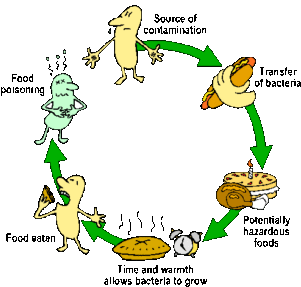
















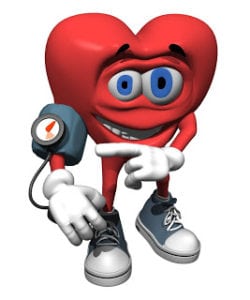



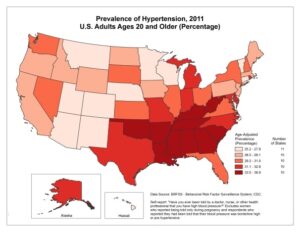







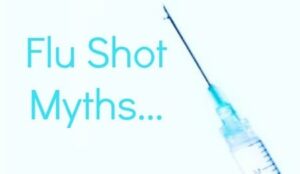


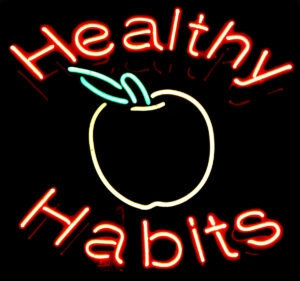











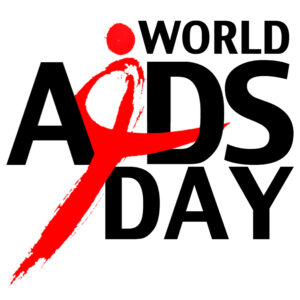

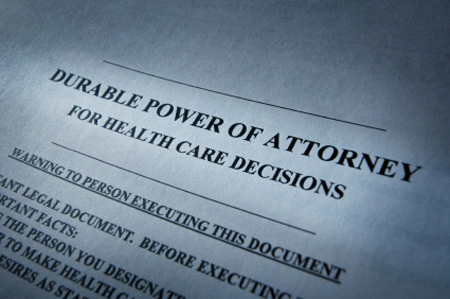



















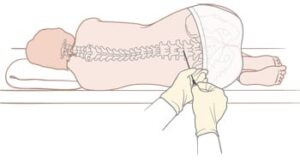






 Get Help!
Get Help!